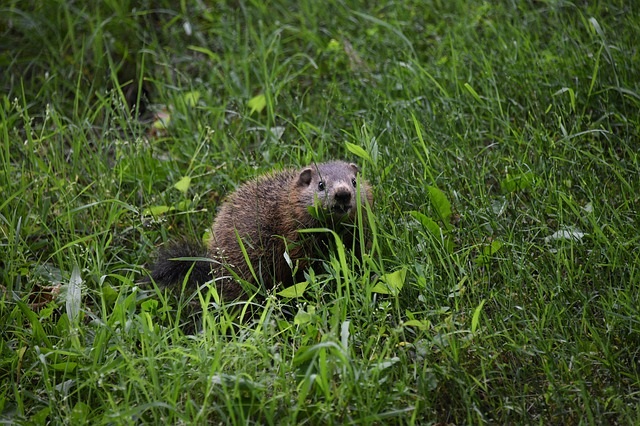by Josh Pulito
Groundhog Day is celebrated every year on the second day in February and to some may seem like a silly tradition. In many ways it is a silly tradition. What could possibly compel people to base their weather predictions on the actions of an animal nicknamed the whistle pig? While this may seem ridiculous there are actually several meaningful reasons to celebrate Groundhog Day beginning with the date itself. Groundhog Day occurs on February 2nd for a reason. It is the day that is mid-way between the Winter Solstice (the day with the least daylight) and the Spring Equinox (the day when day and night are equal in length). Groundhog day marks the turning point towards warming weather.
Groundhog Day has its roots in many ancient customs. The first of which is the Celtic festival of Imbolc which was a festival for the coming spring and contained elements of primitive meteorology. As Christianity spread through Europe Imbolc was largely replaced by Candlemas, a religious holiday that contained the tradition of weather prediction based on sunlight. Essentially if Candlemas was sunny enough to cast shadows winter was deemed not over but if it was a cloudy and shadow free day spring was considered to be on its way. This should sound similar to the Groundhog Day with which we are familiar where a Groundhog, the most famous of which is Punxsutawney Phil in Pennsylvania, comes out of his den and either sees his shadow indicating a longer winter or does not see his shadow indicating an early spring. There appears to be some logic involved in these predictions since sunny days in winter are often caused by cold dry air masses while cloudy days are usually caused by warm and moist ocean air. However, Groundhogs have proven to be unreliable predictors of weather historically. So how did the groundhog with its poor predictions of weather become part of this ancient tradition in the first place?
Early German settlers in Pennsylvania brought the practice of predicting the end of winter based on the hibernation habits of hedgehogs and badgers and are believed to have switched to the more plentiful groundhog after their arrival. Groundhogs are true hibernators and will usually wake for the spring in March but will also wake up for a brief time to search for a mate in February. A group of local hunters began to go out to look for groundhogs on February 2nd in the 1880’s and drew the attention of a local newspaper. Overtime the event grew and drew more attention until the event was formalized in 1887 with Punxsutawney Phil as the official mascot. The rest is history. People all over America and the word continue to enjoy this celebration every year in preparation of the coming spring.



